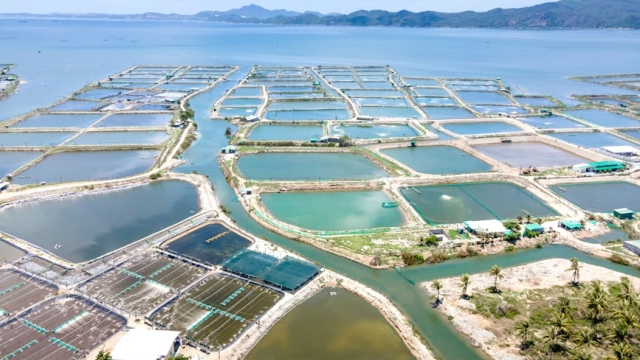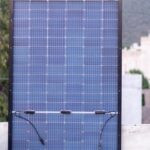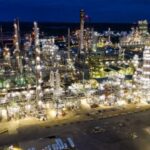
The Role of IoT in Aquaculture Enhancing Monitoring and Management

In the evolving landscape of aquaculture, the integration of technology plays a pivotal role in enhancing productivity, sustainability, and efficiency. Aquaculture technology integration provides innovative solutions that address the challenges faced by fish farming operations, enabling farmers to monitor their systems closely, manage resources effectively, and make informed decisions. As global demand for seafood continues to rise, these technological advancements are essential for ensuring that aquaculture can meet this demand while minimizing its environmental impact.
The Role of IoT in Aquaculture: Enhancing Monitoring and Management
The Internet of Things (IoT) has transformed many industries, and aquaculture is no exception. By incorporating IoT devices, aquaculture operations can achieve real-time monitoring of critical parameters such as water quality, temperature, and oxygen levels. These devices are equipped with sensors that continuously collect data, allowing farmers to track changes in the environment and respond swiftly to any issues that may arise. For instance, automated systems can alert farmers when water quality parameters fall below acceptable levels, prompting immediate intervention. This proactive approach not only helps maintain optimal conditions for fish health but also reduces the risk of disease outbreaks that can devastate stock. By leveraging IoT technologies, aquaculture technology integration enhances overall management practices, ultimately leading to healthier fish and improved yields.
Sustainable Practices: How Technology Can Reduce Environmental Impact
Sustainability is a cornerstone of modern aquaculture practices. Technology plays a crucial role in promoting sustainable methods that minimize the environmental footprint of fish farming. Automated feeding systems, for example, utilize sensors to determine the appropriate amount of feed needed at any given time, reducing waste and ensuring that fish receive the necessary nutrients without overfeeding. In addition, advanced waste management solutions can process effluent from aquaculture systems, converting it into valuable resources. This not only mitigates the negative impact on surrounding ecosystems but also contributes to a circular economy within the aquaculture sector. By implementing these sustainable practices through aquaculture technology integration, farmers can operate more responsibly and maintain the health of their ecosystems.
Data Analytics in Aquaculture: Improving Decision-Making and Yield
Data analytics is another critical aspect of aquaculture technology integration that enhances decision-making processes. By analyzing vast amounts of data collected from IoT devices, farmers can identify trends and patterns that inform various aspects of their operations. This data-driven approach enables them to optimize feeding schedules, breeding programs, and harvest timings based on real-time insights. For example, predictive analytics can forecast growth rates and help farmers determine the optimal harvest window, maximizing yield while minimizing resource use. Furthermore, by understanding the dynamics of their systems through data analysis, farmers can make strategic decisions that lead to increased efficiency and profitability. The ability to harness data effectively can set aquaculture operations apart in a competitive market.
| Aspect | Benefits | Technologies |
|---|---|---|
| Monitoring | Real-time insights | IoT sensors |
| Feeding | Reduced waste | Automated systems |
| Waste Management | Environmental protection | Treatment solutions |
| Data Analysis | Informed decisions | Analytics software |
In conclusion, the integration of technology in aquaculture is essential for addressing the demands of an ever-growing industry. By leveraging IoT for monitoring, promoting sustainable practices, and utilizing data analytics for informed decision-making, aquaculture technology integration empowers fish farmers to optimize their operations while being mindful of environmental impacts. As the sector continues to evolve, embracing these technologies will be crucial for sustaining fish farming practices and ensuring a reliable food source for the future. For more insights into effective aquaculture technology integration, resources can be found at [Wolize](https://www.wolize.com).

